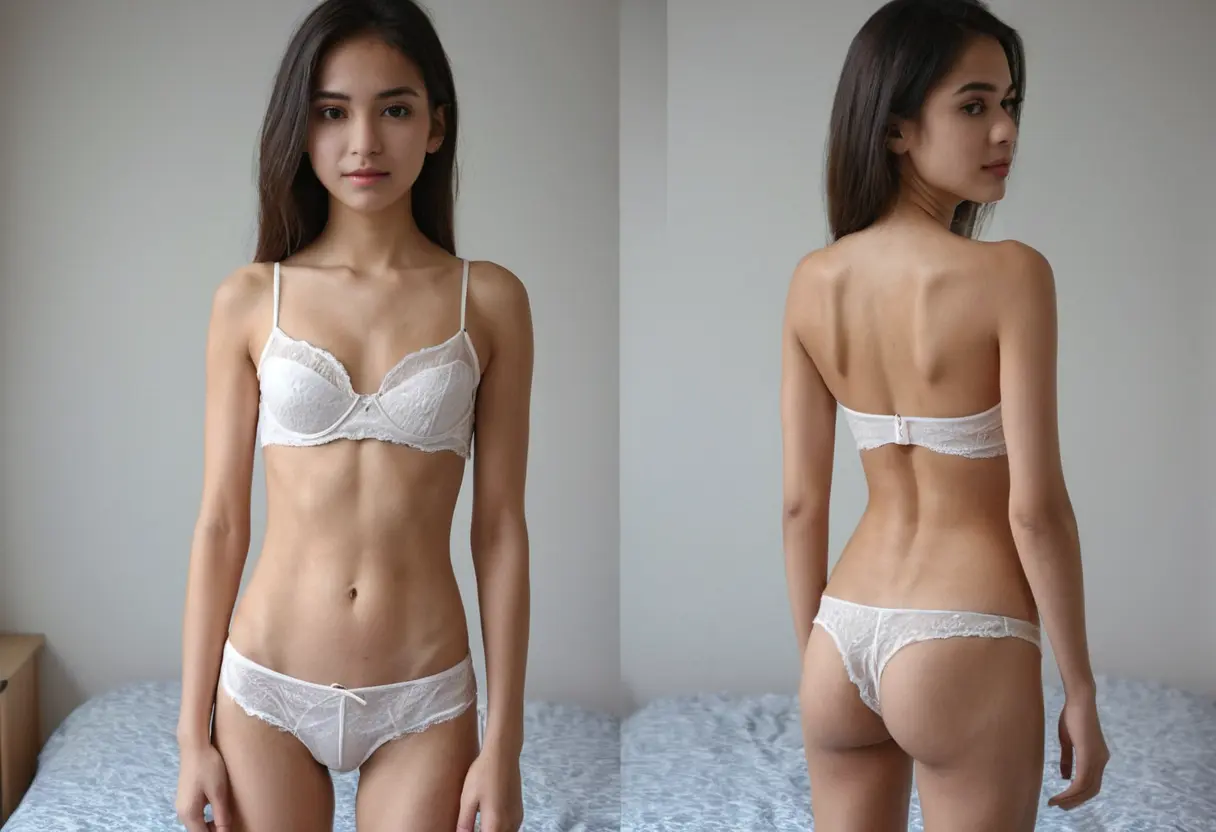
In recent years, the world of fashion and technology has become increasingly intertwined. One of the most notable advancements in this domain is the rise of AI-powered clothing technology, which aims to transform the way we interact with fabrics, garments, and wearable devices. Among the innovative applications within this field is the introduction of Undress AI CC—a cutting-edge system that combines artificial intelligence with clothing design and personal wearables. This article delves into the influence of Undress AI CC on the clothing industry, focusing on its potential applications, benefits, and challenges.
Undress AI CC refers to a technology that uses artificial intelligence to create and design clothing that can adapt to the wearer’s body and environment. Unlike traditional clothing, which remains static, AI-powered clothing incorporates sensors, machine learning, and even biometric feedback to modify its properties in real-time. This dynamic nature allows garments to respond to various factors, including temperature, activity level, and even emotional state.

Undress AI CC goes a step further by integrating computer vision and AI models to assess the user's body shape and measurements, offering a personalized fit that changes as the wearer moves. This level of adaptability is unprecedented in the fashion industry, offering the potential to create highly customizable and efficient clothing that merges fashion with technology.

The impact of Undress AI CC is already being felt across several industries. Below are some key benefits it brings to the table:

The key to Undress AI CC’s success lies in its use of AI to enhance fabric properties and garment design. Through machine learning algorithms, AI can predict the performance of different fabrics based on various conditions such as weather patterns or physical activity. This allows for the creation of smart fabrics that can modify their texture, weight, and stretchability in real time.
Furthermore, AI can optimize the design process by analyzing patterns, trends, and consumer preferences. This leads to more sustainable fashion practices, as designers can reduce waste by producing clothing that directly aligns with demand and fit preferences. Additionally, AI-driven design tools allow for the exploration of new textures, colors, and materials that would otherwise be difficult to conceptualize without technological assistance.
Despite the potential benefits, the integration of Undress AI CC into mainstream fashion faces several challenges:
Despite the challenges, the future of AI in clothing technology looks promising. As AI and machine learning algorithms continue to evolve, we can expect more innovative solutions that improve the functionality, comfort, and sustainability of clothing. In particular, the potential for combining AI with sustainability efforts is huge, as smart fabrics could reduce waste, extend garment lifespans, and optimize material use.
Additionally, the integration of AI with other emerging technologies, such as augmented reality (AR) and the Internet of Things (IoT), could lead to even more transformative developments. For instance, AI-enabled AR could allow consumers to virtually try on clothes before purchasing, while IoT-connected garments could communicate with other devices to optimize the wearer’s health and performance.
Undress AI CC represents a groundbreaking shift in the intersection of fashion and technology, offering a glimpse into a future where clothing is not just an aesthetic choice but also a functional, adaptive technology. The ability to create personalized, sustainable, and high-performance clothing powered by artificial intelligence will likely continue to shape the future of the fashion industry. While there are challenges to overcome, the potential benefits—ranging from improved comfort and fit to innovative designs and sustainability—are vast. As the technology matures, we can expect AI-powered clothing to become an integral part of everyday life, revolutionizing the way we think about fashion.